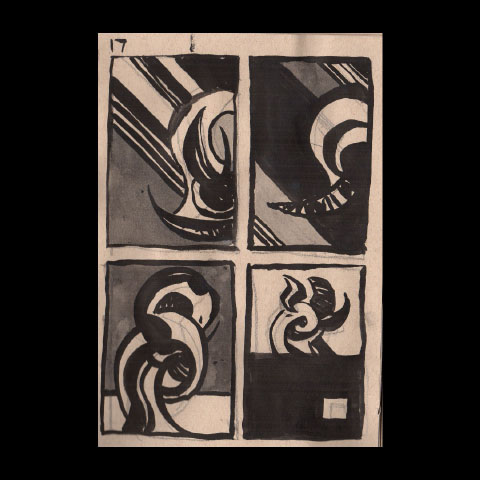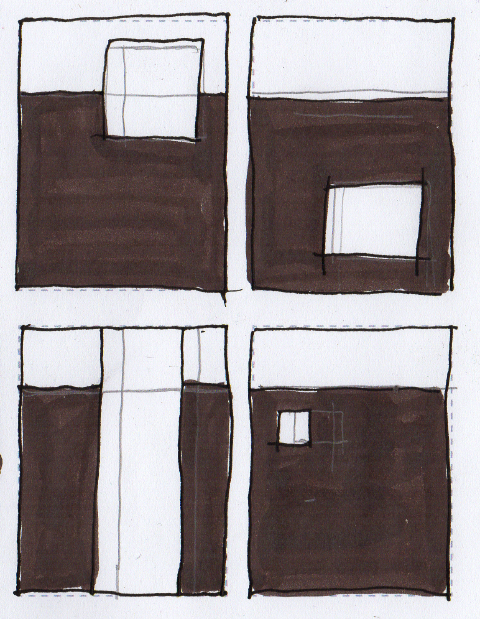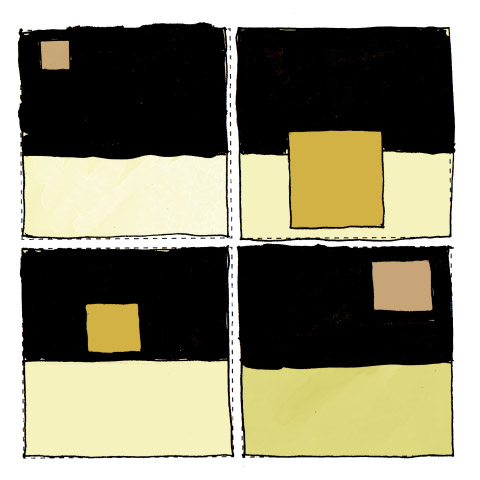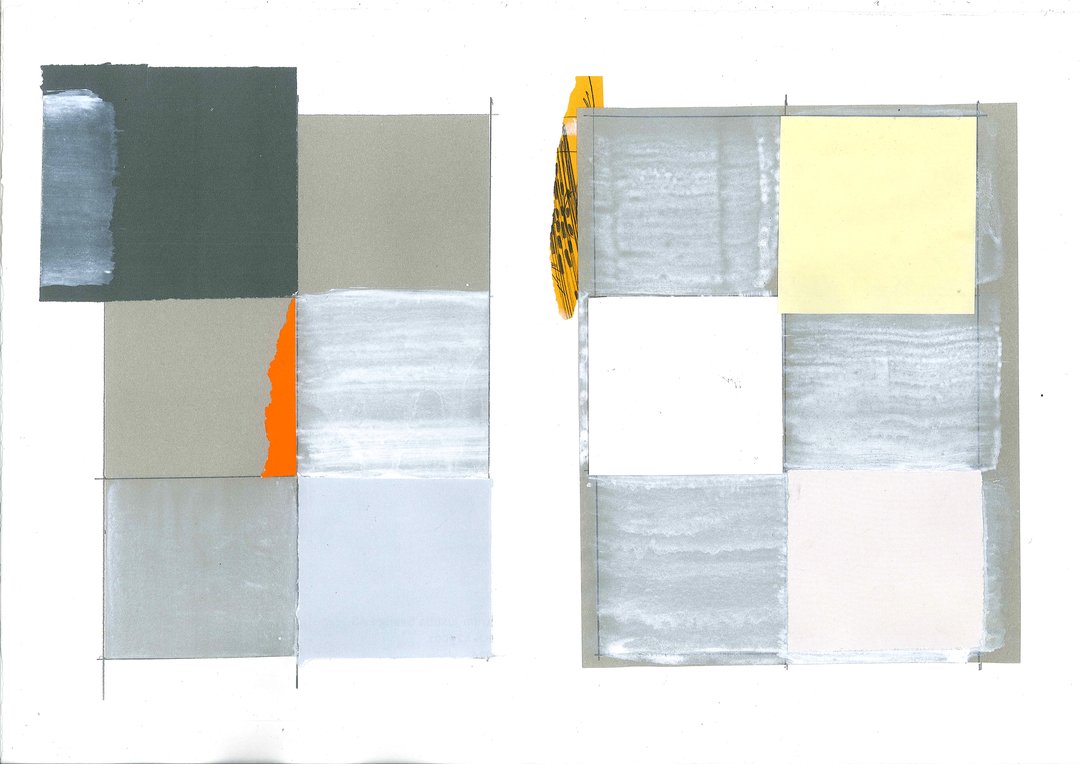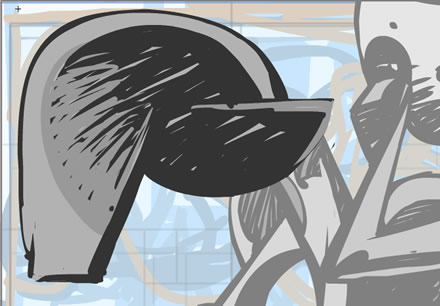Looking at Mondrian I’ve often thought, “he’s the greatest comic book artist ever”. On Twitter Alan Haverholm (@haverholm) has started claiming many modern paintings as #comics. It’s delightful to have someone else claim Modernism as comics. When he posted a Mondrian grid with lots of squares done in very light values of the standard red yellow blue pallette Mondrian uses, as a #comics. Without thinking I responded #notcomics and said: “Mondrian’s work always comes down to icons for me”.
He didn’t get it. I’m not sure I get it either, so here are some thoughts to think this thru.
I’ve puzzled over this Mondrian at the Cleveland Museum of Art puzzling over why it doesn’t feel like comics to me.
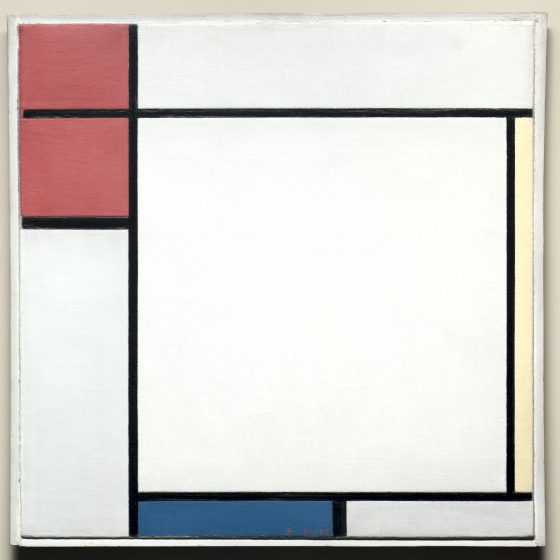
What holds a comics page together as a visual unit that feels different then Mondrian’s grid-based paintings? Mondrian has put his color rectangles at the edges, making your eye move around the central white icon. For each rectangle to make sense they have to be seen in relationship to the others. Certainly not being a sequence makes it not comics. But then I’m not sure sequence is a defining part of a comics page.
The black “gutters” are zips, the weight of each one is set by the others. The thick black bar between the blue and white rectangles by its thickness takes on an identity of its own as almost an anchor of the whole composition. The bar at the bottom of the two red rectangles also take on its own identity and makes you look at it’s two parallel zip.
Despite the immaculate craft of Mondrian’s painting you can’t pull out and make any one rectangle be a “panel”. You have to hold the whole painting in your head as you look at it and can’t fall into any one panel for the meaning in the panel. I think there are two different relationships between parts of a “paintings” and “comics”. In paintings, it’s the relationships between all the parts. In comics, it’s the framework holding all the parts together. But there is still a relationship between all the parts.
So to make a Mondrian into a comic there needs to be a visual framework to allow you to compare the red and blue squares. But what he does is ask you to hold them in your head together in a relationship with the black lines as parts of this relationship, not just a framework.
Next a page from my Martian Manhunter to look more at these ideas.
